Home › Solutions › G100 Export Limitation System – Compliant Solar PV Export Control › G100 Export Limitation FAQ
G100 Export Limitation FAQ – Technical & Compliance Answers
This page brings together the most common questions about G100 export limitation — from DNO approval and compliance to installation, control methods, and troubleshooting. It’s designed to help installers, asset owners, and engineers understand how to stay compliant while getting the most from their solar and storage systems.
Understanding G100 Export Limitation
G100 export limitation is a UK standard that ensures renewable generation systems, such as solar PV or battery storage, do not export more electricity to the grid than a Distribution Network Operator (DNO) has approved. It uses continuous monitoring and control to maintain export within set limits, protecting grid stability and preventing overload.
G99 covers the general technical and operational requirements for connecting generation to the UK distribution network. G100, on the other hand, specifically defines how to limit export to the grid using an approved control scheme. In short: G99 governs the connection, while G100 governs export control.
For grid-tied solar PV, G100 ensures that inverter output never exceeds the maximum export limit agreed with the DNO. The G100 controller measures import/export at the point of connection and dynamically adjusts inverter power to stay compliant.
Issue 2 of G100 introduced clearer technical guidance, including requirements for testing, telemetry, and communications. It also defines more robust verification methods and allows for new approaches such as cloud-based export limitation and aggregation across multiple systems.
Technical Implementation
A G100 export limiter monitors the flow of power between a site and the grid using metering devices or CT clamps. If export approaches the DNO limit, the controller sends commands to inverters or loads to reduce output in real time. This keeps export within the agreed threshold.
The system must measure power flow (kW and kVA), voltage, and current at the grid connection point. It often also collects inverter generation data, site consumption, and communication health to ensure accurate and responsive control.
Yes. While traditional schemes use a local controller, cloud-based G100 export limitation can manage multiple sites and networked assets via secure communication. The key requirement is that the control loop operates quickly enough (typically sub-second) to prevent export breaches.
Integration depends on system architecture. The G100 controller aggregates readings from all generation sources and coordinates inverter commands via supported communication protocols (such as Modbus TCP, RS485, or API-based control). This ensures the total site export remains below the DNO limit.
Common protocols include Modbus RTU/TCP, SunSpec, and proprietary inverter APIs. For cloud solutions, MQTT or HTTPS protocols may be used. The system must maintain reliable communication between measurement and control devices to comply with G100 testing criteria.
Compliance & DNO Approval
A G100-compliant system meets the requirements of Engineering Recommendation G100, demonstrating that it can accurately and reliably limit export under all operating conditions. Compliance must be validated through testing and approved by the local DNO during what is known as a “Witness Test” before connection.
Certification is handled by the Distribution Network Operator (DNO). The installer or system designer submits a G100 test report and evidence of control performance for review. Some manufacturers also provide pre-approved G100-certified hardware to simplify approval.
You’ll typically need a G100 design proposal, system schematic, control logic description, test results, and details of any communication architecture. The DNO may also request evidence of factory acceptance testing or witness testing.
All UK DNOs recognise G100 as the standard for export limitation, including UK Power Networks, Northern Powergrid, Scottish Power, Western Power Distribution (National Grid Electricity Distribution), and others. Each may have slightly different documentation or testing requirements.
Yes — a cloud-based controller can manage export limitation across multiple metering points or sites, provided the aggregated control is demonstrably compliant with G100 response times and reliability standards.
Practical Deployment
You should consider export limitation early in your grid connection process, especially if your DNO indicates a restricted export capacity. Early design integration avoids redesign costs and accelerates approval.
Yes. Existing PV or battery systems can often be upgraded with G100 export limitation by adding a compliant controller, metering, and communication link to your inverters — provided the hardware supports external control.
Installing a G100 export limitation scheme is generally much cheaper and faster than paying for grid reinforcement. Costs vary depending on the number of inverters, metering points, and communication requirements, but can save tens of thousands compared to infrastructure upgrades.
Compliance is proven through commissioning tests and documentation showing that export limits are maintained under all conditions. Some systems provide live monitoring dashboards or reports that can be shared directly with the DNO.
G100 systems require periodic checks to ensure sensors, meters, and communication links are functioning correctly. Annual verification or remote health monitoring is often recommended to maintain compliance and reliability.
Troubleshooting & Support
Common causes include incorrect CT polarity, communication loss between controller and inverter, or configuration errors in limit settings. Reviewing system logs and verifying wiring usually identifies the issue.
Most systems allow manual or software-based testing where inverters are ramped up and the controller’s response is observed. The export should remain below the defined limit, confirming compliance.
Fluctuations may be caused by unstable communications, noise in CT signals, or measurement latency. Using shielded cables, calibrating sensors, and ensuring stable network connectivity helps resolve this.
You can verify communication via system logs or diagnostic tools provided by the controller or inverter manufacturer. Look for consistent polling intervals, data timestamps, and zero dropped packets.
You can contact support@harksys.com for help with your Hark / SolarEdge G100 deployments.
